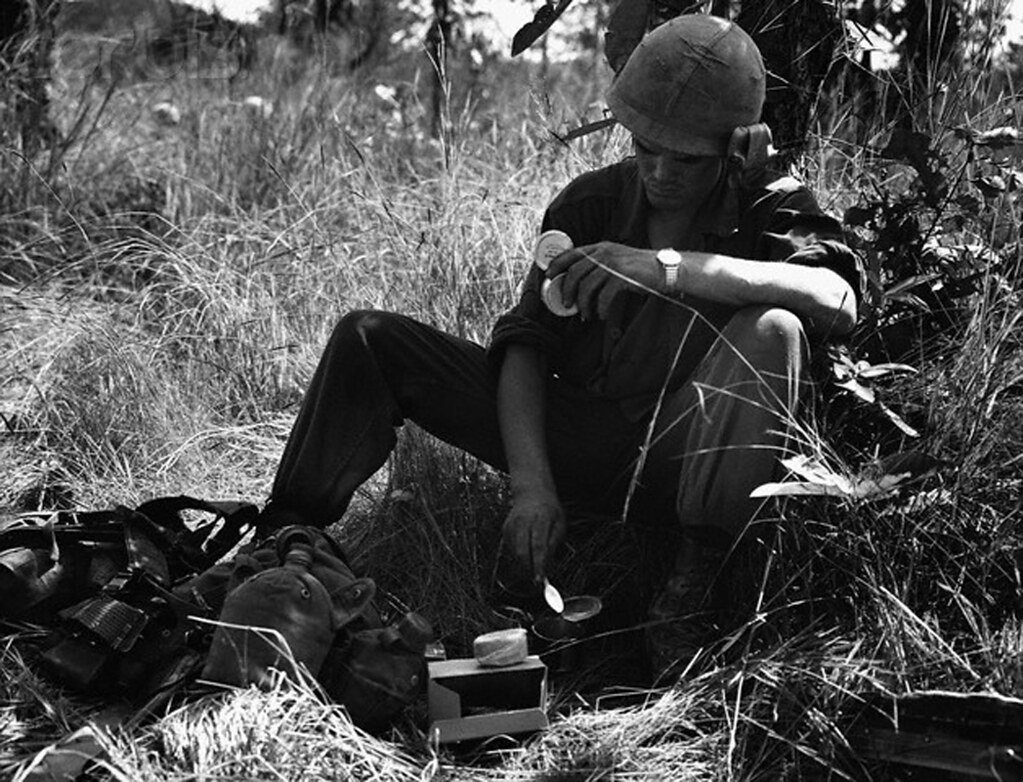
The nickname "Ham and Motherf**kers" reflects the soldiers' sentiments about a particular menu in the C-rations during the Vietnam War. This nickname suggests that the dish, which included ham and lima beans, was not well-received and might have been considered unappetizing or undesirable by the troops.
Military rations, including C-rations, have a history of mixed reviews regarding taste and quality. Soldiers often developed nicknames or humorous descriptions for different ration components based on their experiences and preferences. The specific menu described here seems to have gained a less-than-favorable reputation among those who had to consume it.
The use of humor and nicknames is common among soldiers as a coping mechanism, especially in challenging and stressful situations. While some aspects of the C-rations were appreciated for their convenience and nutritional value, individual preferences and the overall monotony of certain menu items could lead to less positive opinions about specific meals.



